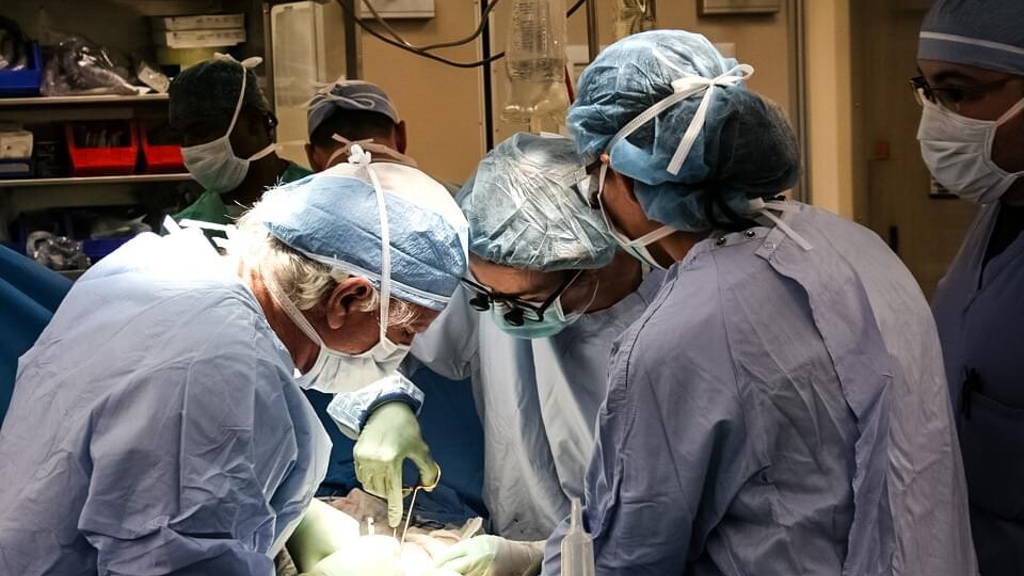The specially-designed AI was developed by Bob Jones, director of the liver transplant unit, and his colleague Lawrence Lau. They compare it to metrics behind dating site eHarmony, only in this case they wish to improve the accuracy of matching liver donors and recipients, hopefully resulting in less graft failures and fewer patient deaths.
"We used all the basic things like sex, age, underlying disease, blood type," Jones said in an interview with Mashable. "And then there are certain characteristics about the donor ... and all the parameters that might indicate the liver might be upset."
Using the AI to assess the retrospective results of 75 adult patients who'd had transplants, they found the method predicted graft failure 30 days post-transplant at an accuracy of 84 percent compared to 68 percent with current methods.
Jones: "It really meant for the first time we could assess an organ's suitability in a quantitive way, as opposed to the current method, which really comes down to the position of the doctor eyeballing all the data and making a call based on their experience." The study has been submitted to a number of academic journals, and the next step will be to use it prospectively in a randomised trial (with ethical approvals).
Chapman also suggested that the way liver transplants are performed in Melbourne may mean the algorithm is not immediately applicable in other regions. "There may be particular features in the way they do the procedures [in Melbourne] ... that means that what works in Melbourne may not work in Cincinnati," he said.
Jones agrees that their project is in the "very, early stages," but said they're interested in adding to a thorough process that includes not-so-easily quantifiable considerations, as Chapman mentioned. "The parameters we put in are somewhat universal," he said. "But sometimes a number doesn't convey quite how a patient is."
Retrospectively predict
The machine learning algorithm uses multiple donor and recipient features to predict the outcome of liver transplants. The team plugged around 25 characteristics of donors and recipients into their AI, using the data points to retrospectively predict what would happen to organ grafts."We used all the basic things like sex, age, underlying disease, blood type," Jones said in an interview with Mashable. "And then there are certain characteristics about the donor ... and all the parameters that might indicate the liver might be upset."
Using the AI to assess the retrospective results of 75 adult patients who'd had transplants, they found the method predicted graft failure 30 days post-transplant at an accuracy of 84 percent compared to 68 percent with current methods.
Jones: "It really meant for the first time we could assess an organ's suitability in a quantitive way, as opposed to the current method, which really comes down to the position of the doctor eyeballing all the data and making a call based on their experience." The study has been submitted to a number of academic journals, and the next step will be to use it prospectively in a randomised trial (with ethical approvals).
Early stages
Jeremy Chapman, director of renal transplantation at Westmead Hospital and Transplant Australia board member, said the preliminary results seemed positive. He does emphasise it was in its earliest stages, and should be thought of as helping to "inform the decision and not create the decision" to undertake a transplant.Chapman also suggested that the way liver transplants are performed in Melbourne may mean the algorithm is not immediately applicable in other regions. "There may be particular features in the way they do the procedures [in Melbourne] ... that means that what works in Melbourne may not work in Cincinnati," he said.
Jones agrees that their project is in the "very, early stages," but said they're interested in adding to a thorough process that includes not-so-easily quantifiable considerations, as Chapman mentioned. "The parameters we put in are somewhat universal," he said. "But sometimes a number doesn't convey quite how a patient is."








